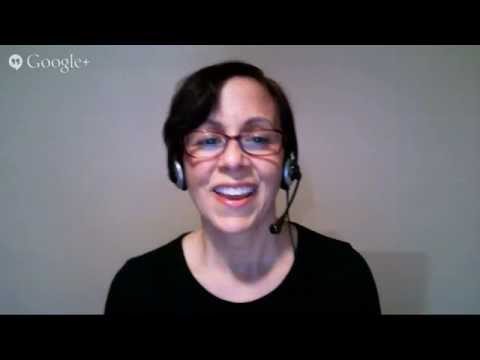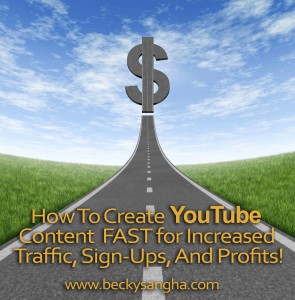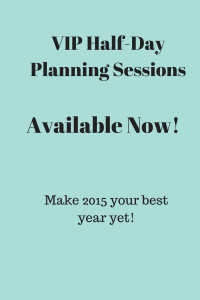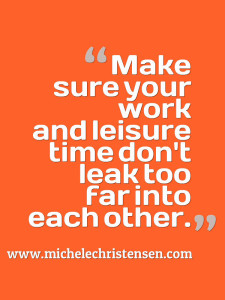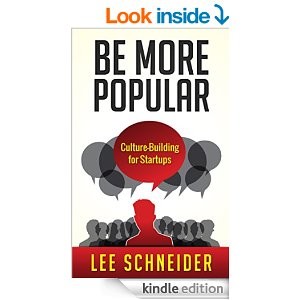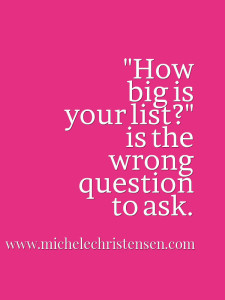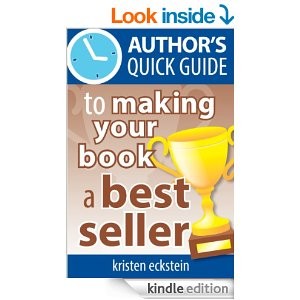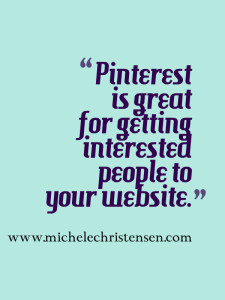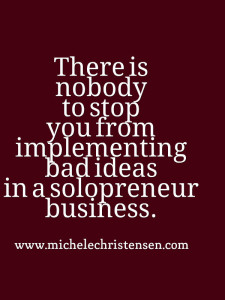This year, I’ve narrowed the number of social media sites I’m on so I can spend more time on each one and get better results. One of the two sites I’m focusing on is Pinterest. I was slow to get onto Pinterest, and one of the reasons is that I didn’t think it was appropriate for my business. I didn’t see how puppy pictures, wedding shoes and gorgeous food pictures could possibly fit into my business. However, it turns out I was wrong. I believed some common myths about Pinterest which have turned out not to be true. Here’s what I thought, and what’s right.
Pinterest Myth #1: It’s only for women
Yes, I am a woman and I do love to work with women, however my niche is solopreneurs, and I work with both men and women. I didn’t think being part of something that is primarily used by women would get me connected to people I might be able to work with.
The reality: Pinterest is still has more female users, but men are starting to use it a faster rate. There are some very specific interest areas in which men tend to post including sports, travel, home repair, SEO and social media.
Pinterest Myth #2: It’s for hobbyists
Before I knew better, the only people I knew who were using Pinterest were using it for their hobbies. They were sharing pictures of their favorite foods, clothes, animals, equipment, makeup and other hobby items. My business isn’t particularly picture-worthy, so I didn’t see how sharing pictures could possibly help me.
The reality: Pinterest is great for business, and there are a lot of businesses using it with great success. Pinterest is a great way to drive interested people to your site and Pinterest users tend to make purchases once they visit a site from Pinterest.
Pinterest Myth #3: It’s only for visual businesses
Take one look at Pinterest and you’ll see that it is indeed great for visual businesses such as photographers, designers, people in the fashion industry, artists, craftspeople, etc. However, you can have a non-visual and even a visually “boring” business and still use Pinterest. Yes, you will need to create some graphic to go with whatever you want to pin but you can use really simple graphics and even just a quote graphic can be pinned and shared.
Are you using Pinterest for your business? If not, why not? Jump in before Pinterest gets saturated with your competitors and start reaping the benefits.
Need a place to start? Watch this webinar for a great introduction to Pinterest for Solopreneurs. I hosted Pinterest expert and creator of “Business Marketing with Pinterest” Becky Sangha for a video training on getting started with Pinterest. Oh, and please use the Pin it and social sharing buttons below the video to share this with your friends and colleagues.

